The story of Uganda’s automotive heritage is more than a chronicle of machines—it’s a narrative woven through the fabric of royalty, colonial transition, and presidential power. From the gleaming chassis that carried Buganda’s Kabaka through Kampala’s streets to the armored convoys of post-independence leaders, vintage automobiles have served as symbols of authority, prestige, and the nation’s evolving identity.
The Kabaka’s Royal Garage: Monarchs on Wheels
Long before independence, Uganda’s traditional kingdoms embraced the automobile as a marker of sovereignty and modernity. The Buganda Kingdom, the largest and most influential of Uganda’s monarchies, maintained an impressive collection of luxury vehicles that reflected its wealth and status.
Kabaka Edward Mutesa II, who reigned from 1939 to 1969, became synonymous with automotive elegance. His collection included:
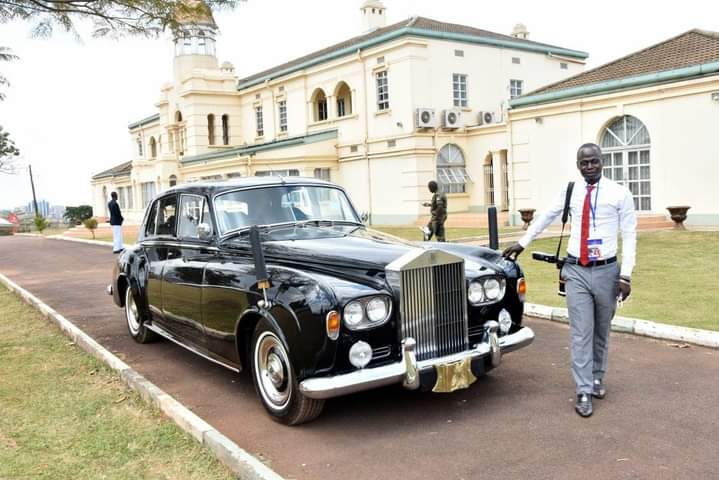
- Rolls-Royce Silver Cloud – The ultimate symbol of British luxury, these hand-crafted vehicles were favored for state occasions and ceremonial duties
- Mercedes-Benz 300 series – German engineering excellence that represented the Kabaka’s cosmopolitan tastes
- Land Rovers – Practical yet prestigious vehicles for touring the kingdom’s rural areas
The Kabaka’s motorcades were legendary events in Kampala, with residents lining the streets to glimpse the polished chrome and royal insignia. These vehicles weren’t merely transportation; they were mobile thrones that reinforced the monarchy’s authority in an era of rapid political change.
Other kingdoms followed suit. The Omukama of Bunyoro and the Omugabe of Ankole maintained their own automotive fleets, though none rivaled Buganda’s splendor. These royal garages represented a fascinating blend of African tradition and Western technology, with vehicles often customized to incorporate royal regalia and traditional symbols.
Colonial Administration: The British Legacy on Four Wheels
The colonial government introduced automobiles to Uganda in the early 20th century, fundamentally transforming administration and commerce. British governors and administrators arrived with preferences that would shape Uganda’s automotive landscape for decades.
Government House in Kampala maintained an official fleet dominated by British marques:
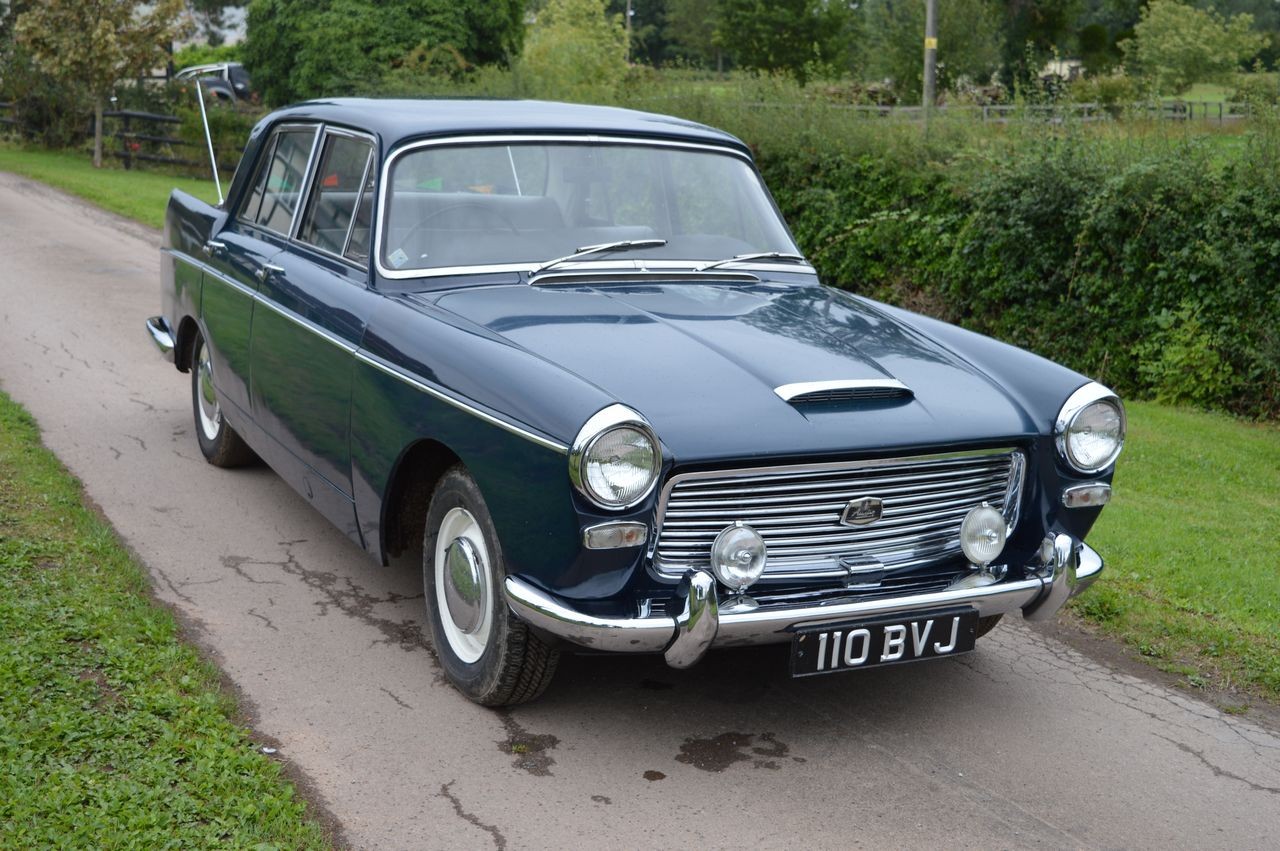
- Austin Westminster – The workhorse of colonial administration
- Humber Super Snipe – Favored by senior officials for its comfort and reliability
- Land Rover Series I and II – Essential for traversing Uganda’s challenging terrain
These vehicles created Uganda’s first automotive infrastructure. Garages, fuel stations, and maintenance facilities emerged to support the colonial fleet, laying groundwork that would serve the independent nation. British mechanics trained Ugandan apprentices, creating a generation of skilled technicians who would maintain vehicles long after independence.
The colonial period also saw the arrival of Indian and Asian merchants who imported vehicles for commercial use. Bedford trucks, Morris Minors, and Peugeot sedans became common sights, establishing automotive diversity that characterized Uganda’s roads.
Independence and Presidential Prestige: 1962 Onwards
Uganda’s independence in 1962 marked a new chapter in presidential automotive history. Leaders used vehicles to project power, security, and national identity.
Milton Obote’s First Presidency (1962-1971)
Prime Minister, then President Milton Obote initially maintained relatively modest transportation compared to the Kabaka’s opulence. His fleet included:
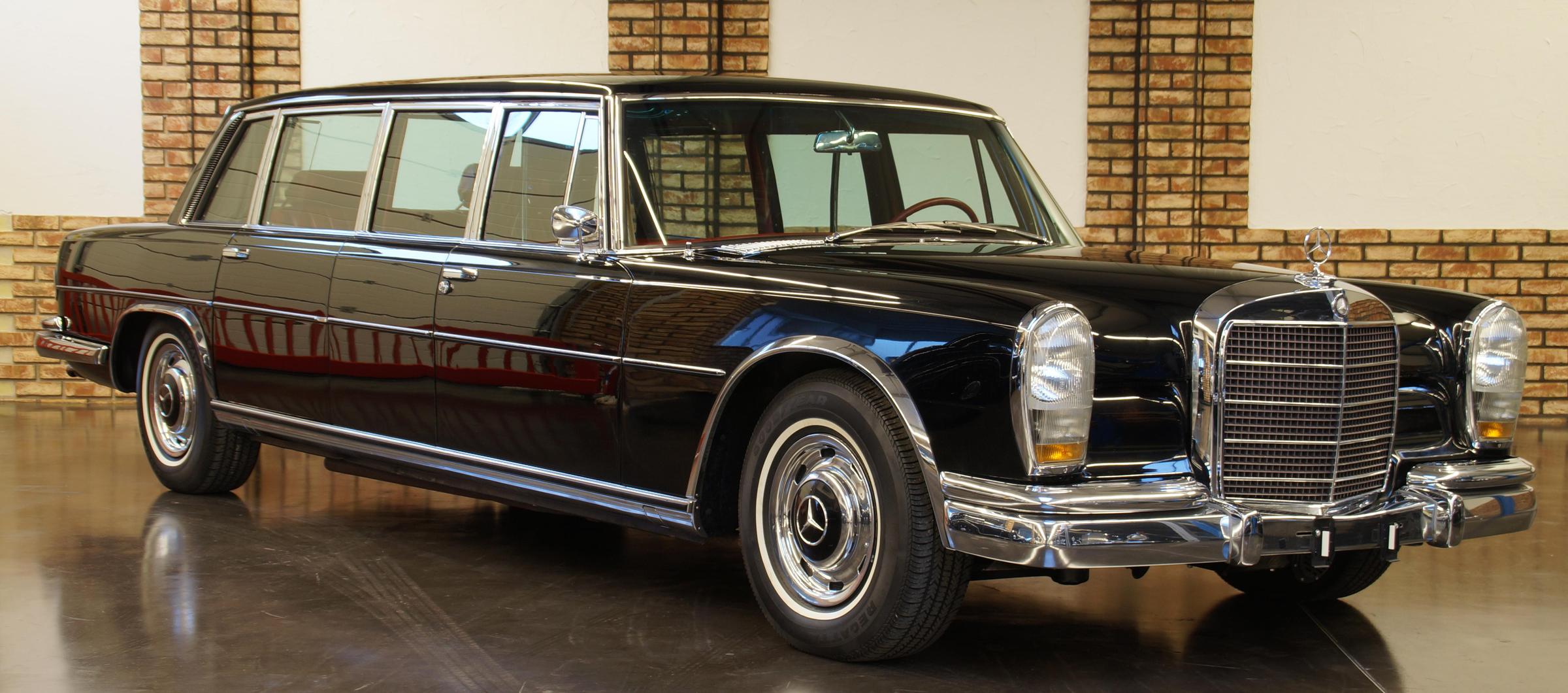
- Mercedes-Benz 600 Pullman – Acquired in the mid-1960s as a statement of presidential authority
- Land Rover Series IIA – For upcountry tours and public appearances
Obote’s 1966 conflict with Kabaka Mutesa II led to the dramatic seizure of the Buganda Kingdom’s assets, including its remarkable vehicle collection. Many of these royal automobiles were absorbed into the presidential fleet or distributed among government officials.
Idi Amin’s Theatrical Reign (1971-1979)
General Idi Amin’s presidency brought perhaps the most flamboyant automotive era. Known for theatrical displays of power, Amin’s motorcades were exercises in intimidation and spectacle:
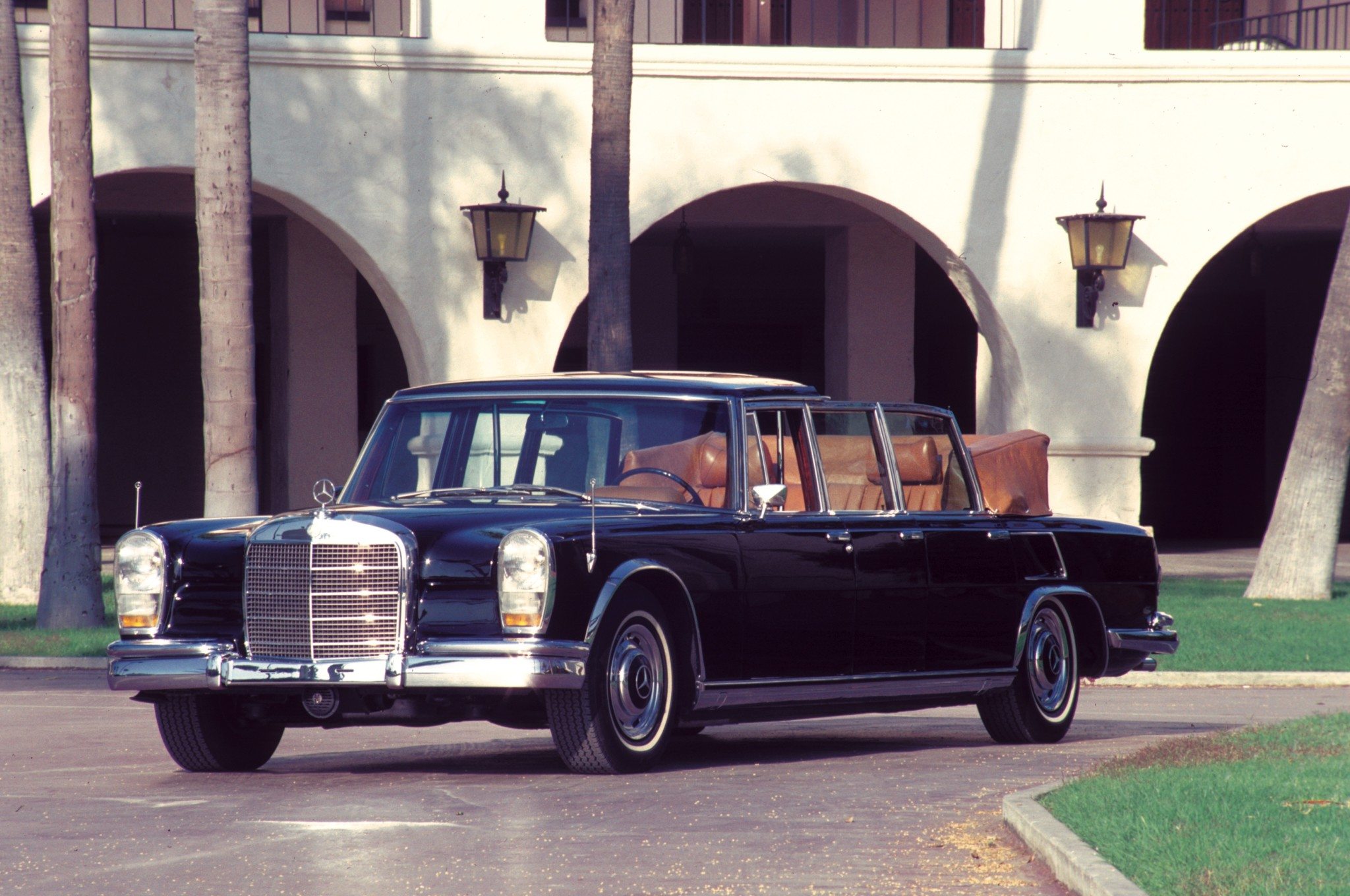
- Mercedes-Benz 600 Landaulet – With its convertible roof, perfect for Amin’s public appearances
- Citroën SM – The French luxury coupe, representing Amin’s eclectic tastes
- Range Rover Classic – Multiple units in his personal fleet
- Military vehicles – Frequently incorporated into civilian motorcades
Amin’s regime saw increased militarization of presidential transport. Armored vehicles became standard, reflecting the paranoia and violence of the era. The presidential fleet grew to over 50 vehicles, many confiscated from expelled Asian business owners or acquired through questionable means.
The Turbulent Transition (1979-1986)
The period following Amin’s overthrow saw rapid leadership changes—Yusuf Lule, Godfrey Binaisa, the second Obote presidency, and the brief Okello regime. Each maintained reduced presidential fleets, often inheriting battered vehicles from previous administrations. Economic collapse and civil war left little resources for automotive maintenance, and Uganda’s vintage vehicles fell into disrepair.
Museveni Era: Modernization with Heritage (1986-Present)
President Yoweri Museveni’s National Resistance Movement brought stability and renewed attention to presidential transportation. The State House fleet evolved through several phases:
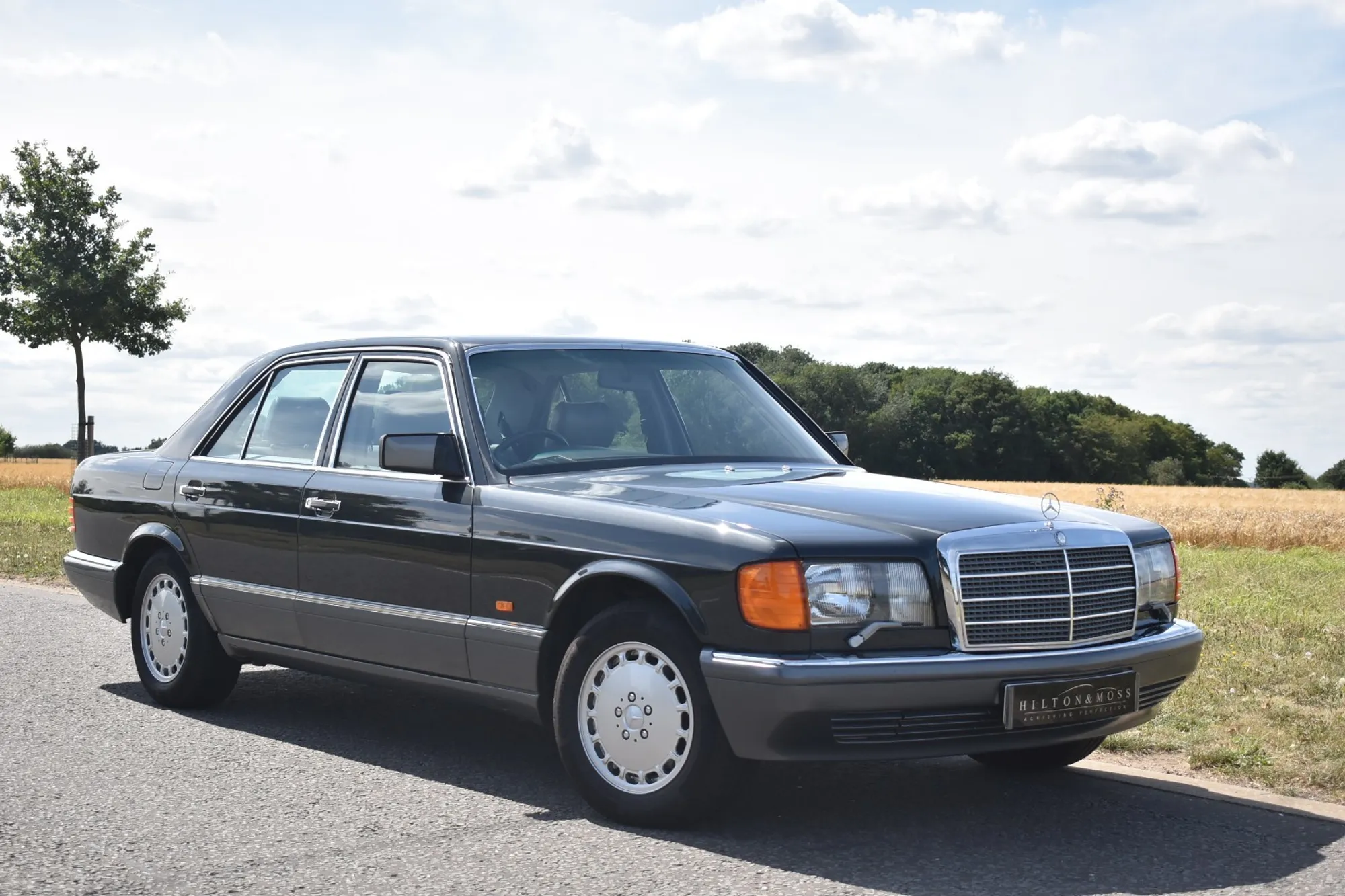
Early Years (1986-1990s):
- Mercedes-Benz S-Class – Establishing continuity with previous administrations
- Toyota Land Cruisers – Reflecting bush war pragmatism
Modern Era (2000s-Present):
- Armored Mercedes-Maybach S-Class
- Range Rover Autobiography
- Specialized security vehicles from international suppliers
Interestingly, Museveni has occasionally been photographed with older Land Rovers and Toyota vehicles, particularly during upcountry tours, maintaining connection with his guerrilla warfare background.
Preservation Challenges and Lost Treasures
Uganda’s vintage automotive heritage faces significant preservation challenges. Unlike many nations with established automotive museums, Uganda has seen remarkable vehicles disappear through:
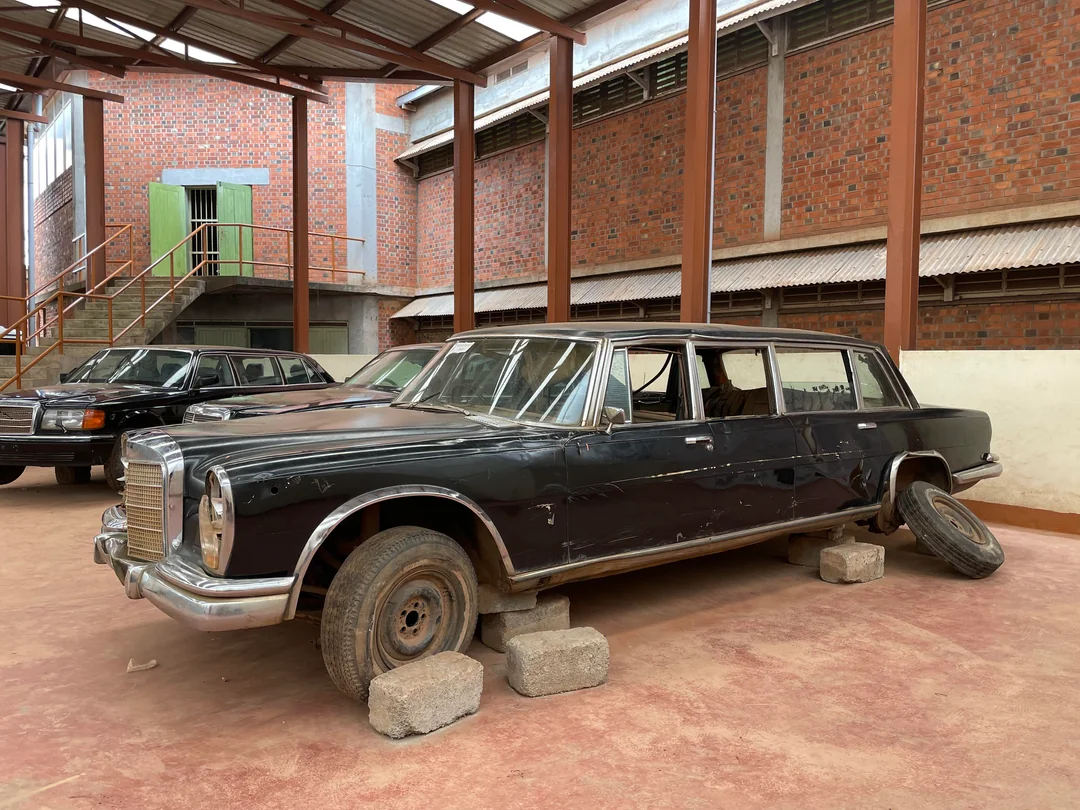
- Neglect and decay – Tropical climate and lack of storage facilities
- Cannibalization for parts – Rare vehicles dismantled to keep others running
- Private sales – Historic vehicles sold to collectors abroad
- Political upheaval – Particularly during the 1970s and 1980s
The Kabaka’s legendary Rolls-Royce collection largely vanished during Amin’s era. Some vehicles were discovered decades later in various states of disrepair, while others disappeared entirely. The Uganda National Museum houses a few preserved vehicles, but the collection represents only a fraction of the nation’s automotive history.
Cultural Significance: Beyond Transportation
These vintage vehicles represent more than mechanical history—they’re artifacts of Uganda’s political evolution. Each car tells stories of:
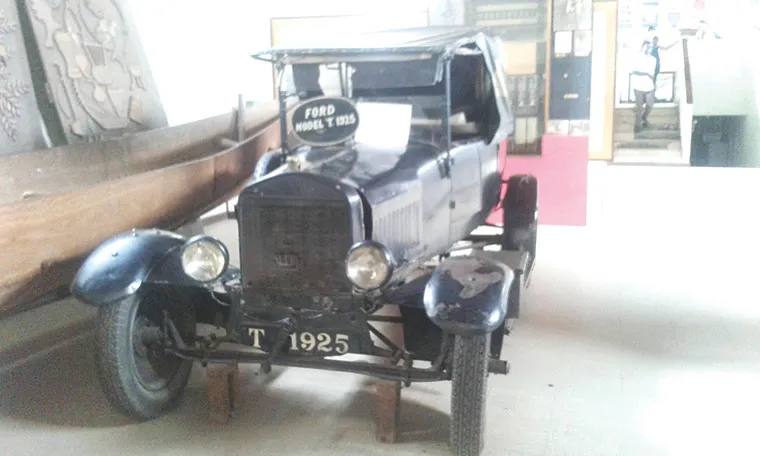
- Power transitions – From monarchy to republic to military rule
- Economic conditions – Prosperity reflected in luxury imports, hardship in deteriorating fleets
- Cultural identity – How leaders balanced African sovereignty with Western technology
- Social hierarchy – Vehicles as markers of status in evolving society
For Ugandans who remember these eras, vintage vehicles evoke powerful memories. Elderly residents recall the Kabaka’s motorcades with nostalgia, while Amin’s vehicles inspire more complex emotions—admiration for their grandeur mixed with memories of fear.
Contemporary Efforts and Future Prospects
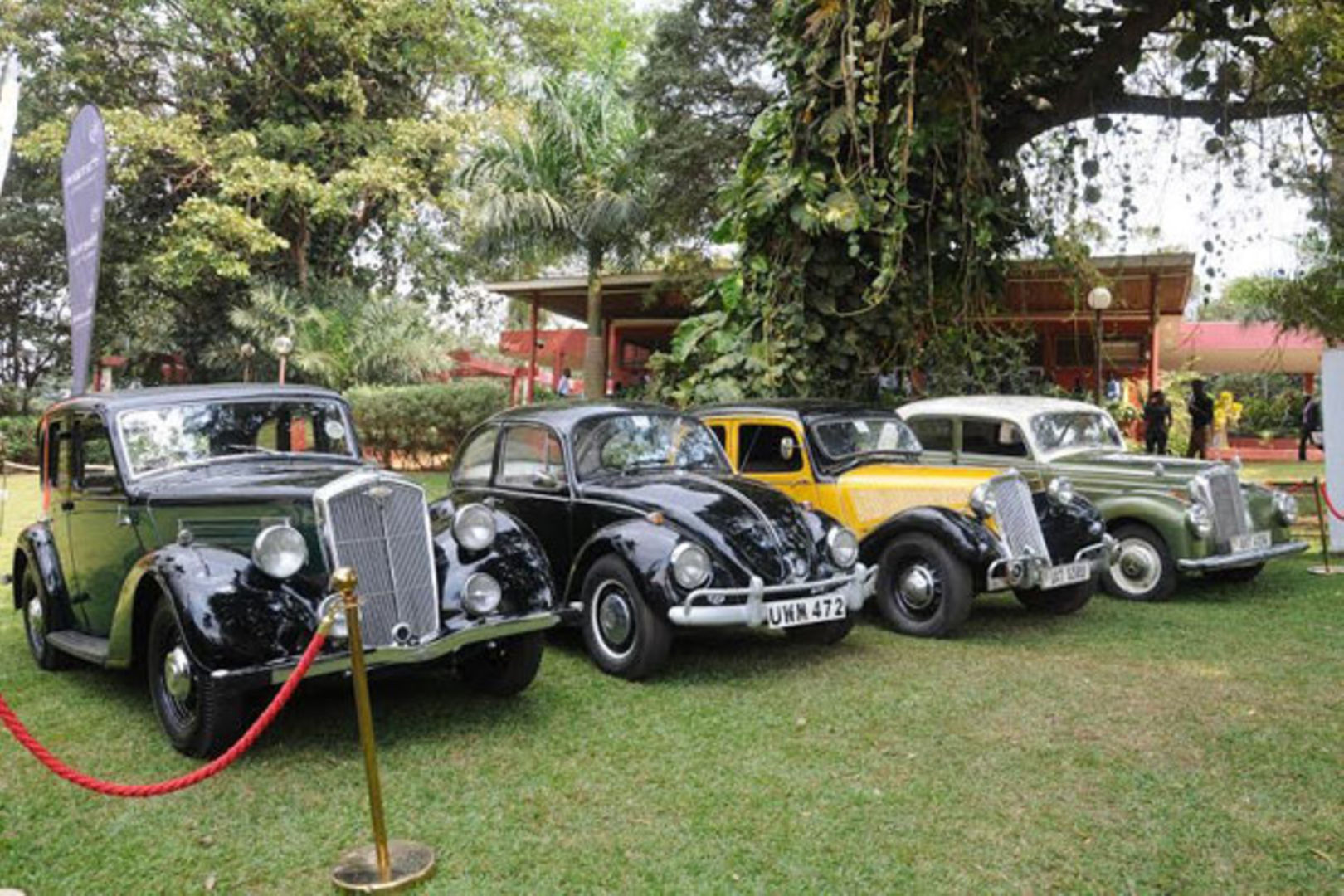
Recent years have seen growing interest in preserving Uganda’s automotive heritage:
Private Collections: A small community of collectors has emerged, restoring vintage vehicles with historical significance. Some enthusiasts have recovered and restored vehicles from the royal and presidential fleets.
Heritage Tourism: The restored Bulange building (Buganda Parliament) occasionally displays vintage photographs of royal vehicles, though original cars remain scarce.
Documentation Projects: Historians and automotive enthusiasts are interviewing former presidential drivers, mechanics, and royal household staff to preserve oral histories before they’re lost.
Regional Collaboration: East African vintage car clubs occasionally include Ugandan participants in rallies and exhibitions, raising awareness of automotive heritage preservation.
The Road Ahead
Uganda’s vintage automotive history deserves more systematic preservation. Proposals for a dedicated automotive museum have circulated for years, but funding and political will remain challenges. Such an institution could:
- Preserve remaining historic vehicles
- Document automotive history through photographs and oral histories
- Educate younger generations about this unique cultural heritage
- Attract heritage tourism
The cars of Uganda’s kings and presidents aren’t merely collectible curiosities—they’re rolling monuments to the nation’s journey from colonial rule through monarchy, military dictatorship, and into democratic governance. Each vehicle, whether a Kabaka’s Rolls-Royce or a president’s Mercedes, carries stories of power, prestige, and the people who witnessed history from the roadside.
As Uganda continues modernizing, the race is on to preserve these mechanical witnesses to history before they disappear entirely. The vintage vehicles that once carried Uganda’s most powerful leaders now represent an irreplaceable link to the past—a past that deserves to be remembered, studied, and celebrated.
The preservation of Uganda’s vintage automotive heritage remains a work in progress, with each restored vehicle representing not just mechanical restoration, but the recovery of national memory.
Make your wedding or special event truly unforgettable. Forget the ordinary and step into a piece of history with Uganda Car Rental Services. We offer the most stunning collection of vintage cars for hire in Uganda perfect for creating that timeless, cinematic moment. Whether you dream of posing with a charming small Beetle, gliding in a magnificent Rolls-Royce, or making a statement in a classic Mercedes-Benz, we have the immaculate ride for your big day. Get luxury without the lapse: our well-serviced classics in Kampala city are available at incredibly affordable rates.
Book your perfect historical ride today!- Contact us now by sending an email to info@ugandacarrentalservices.com or calling +256-700135510 to speak with the reservations team.
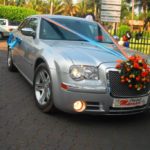

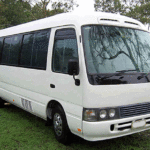

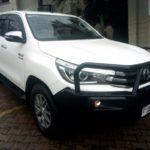



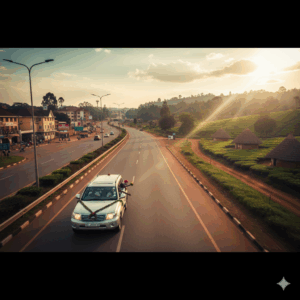
Related Articles
Top 5 Best-Selling Rental Car Brands in Uganda for 2026
Luxury for Less: How to Find the Best Uganda Safari Deals
Worry-Free Uganda Christmas Travel: Kampala to Countryside